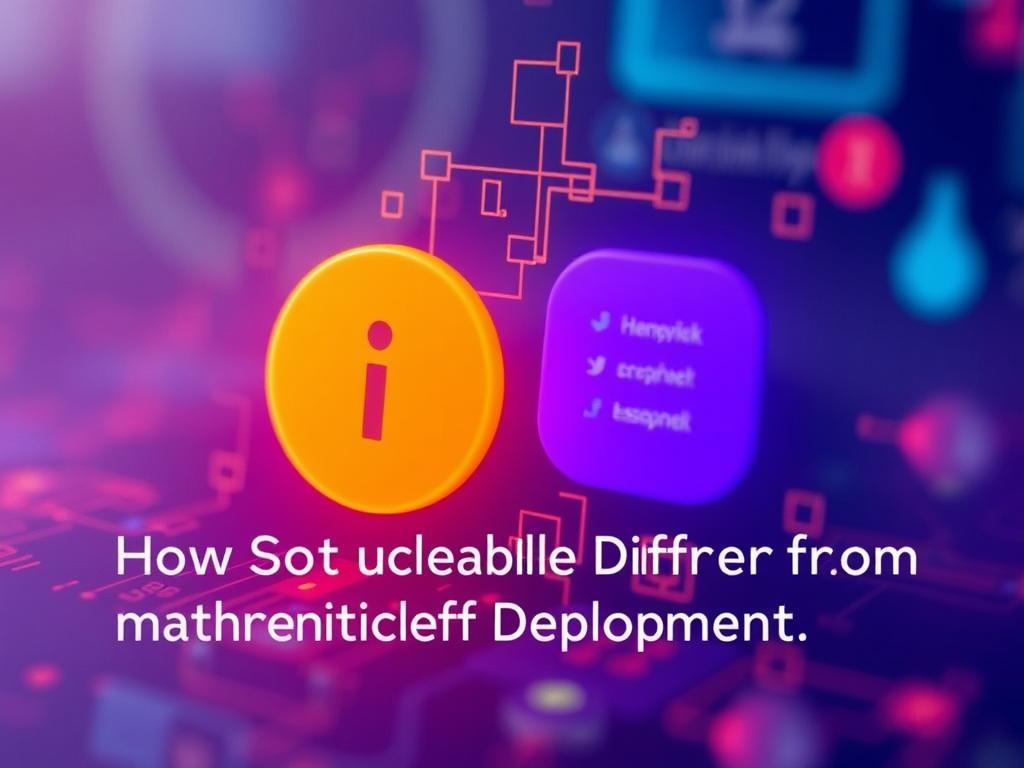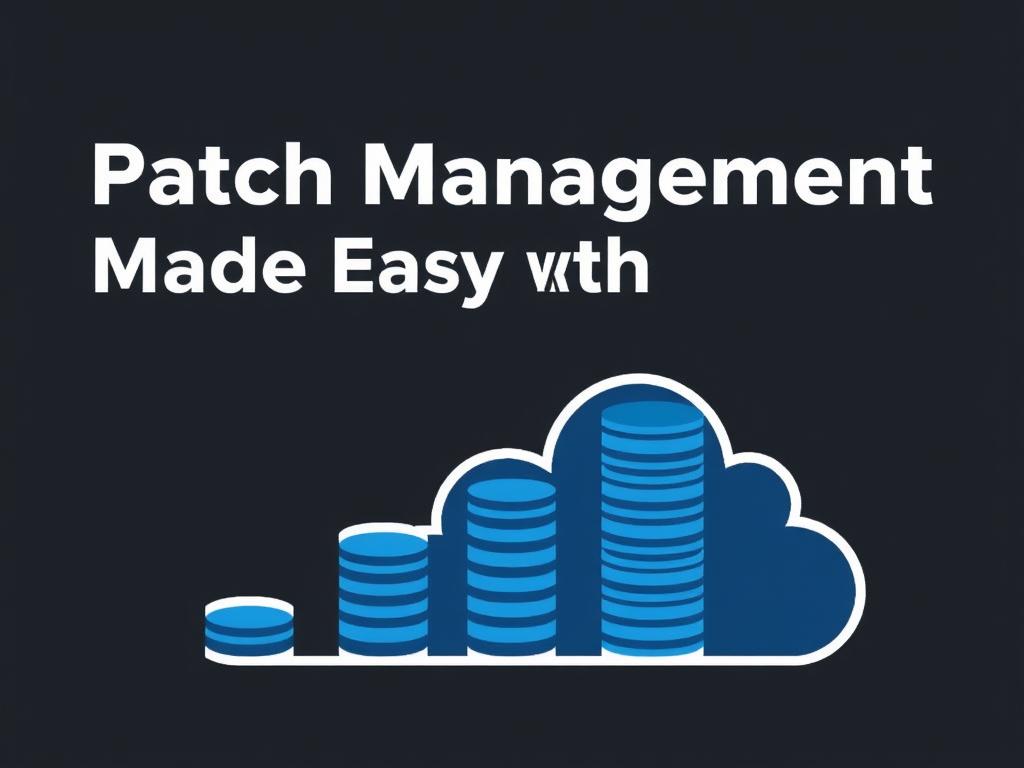Understanding Patch Management: Why It’s Essential
Patch management is a critical part of maintaining the security and functionality of any organization’s IT infrastructure. With countless software updates being released regularly, organizations face the complex task of keeping their systems up to date without disrupting everyday operations. That’s where the concept of soft updates steps in, simplifying the traditionally tedious process of patch management. But before diving into how soft updates make patch management easier, it’s important to understand why patch management itself is indispensable. Whether it’s fixing security vulnerabilities, enhancing software features, or improving system stability, patches keep systems running efficiently and safely.
What Exactly Are Soft Updates?
Soft updates are a modern approach to applying patches and updates to software systems incrementally and with minimal disruption. Instead of forcing users to shut down applications or restarting systems immediately, soft updates allow the installation of patches in the background while the system remains largely operational. This process effectively reduces downtime, decreases the risk of errors during updates, and helps maintain business continuity—three critical factors that many IT managers struggle with during traditional patch management.
How Soft Updates Differ from Traditional Patch Deployment

Traditional patch management usually involves scheduled maintenance windows where systems are taken offline or restarted to install updates. This approach can cause significant interruptions and frustration, especially in environments where 24/7 availability is crucial. Soft updates, by contrast, enable:
- Seamless integration: The update process works quietly alongside active applications.
- Incremental patching: Only necessary changes are applied, avoiding needless system overloads.
- Lower risk of errors: Since the system remains active, administrators can monitor performance and catch issues faster.
In terms of patch management made easy, soft updates represent a journey away from rigid, painful patch cycles toward flexible, user-friendly maintenance.
The Mechanics Behind Soft Updates
Soft updates rely on sophisticated algorithms and file system technologies to ensure data consistency and minimize the risk of corruption. Through carefully managed write orders and dependency tracking, soft updates coordinate how patches are applied to file systems, ensuring that any write operation occurs in the right order without causing damage.
| Feature | Traditional Update | Soft Updates |
|---|---|---|
| System Downtime | High (often requires restart) | Low (minimal or no restart) |
| Risk of Data Corruption | Possible during updates | Minimal due to ordered writes |
| User Disruption | High | Low |
| Update Speed | Dependent on maintenance windows | Continuous and incremental |
This technology’s sophistication allows IT teams to apply patches without the headaches traditionally associated with patch management.
Benefits of Using Soft Updates in Patch Management

Soft updates offer several notable benefits, which make the entire patch management process more manageable and attractive to organizations of all sizes. Here are some key advantages:
- Reduced System Downtime: Since patches can be applied without shutting down systems, businesses remain online, maintaining productivity.
- Improved Security Posture: Soft updates allow quicker patch deployment, limiting the time software remains vulnerable.
- Lower Operational Risk: Incremental updates minimize the chance of update-related failures that could compromise data integrity.
- Ease of Compliance: Organizations can maintain up-to-date software more consistently, aligning with regulatory requirements smoothly.
Additionally, by reducing user disruption, soft updates make it simpler for IT departments to foster better cooperation with end users and business stakeholders.
Implementing Soft Updates: Best Practices
Introducing soft updates into your patch management strategy requires careful planning and execution. Here are some best practices to ensure success:
- Assess Your Infrastructure: Identify systems that support soft update mechanisms and understand existing limitations.
- Prioritize Critical Systems: Start by implementing soft updates on key infrastructure components to minimize risks.
- Monitor Update Processes: Closely track update progress and system performance to detect any potential issues early.
- Communicate with Stakeholders: Keep users informed about update schedules and benefits to gain support.
- Leverage Automation: Use patch management tools with built-in soft update capabilities to streamline workflows.
Taking these steps ensures patch management made easy isn’t just a dream but a reality that improves your organization’s cybersecurity and operational efficiency.
Tools Supporting Soft Updates
Many modern patch management tools have embraced the concept of soft updates. Among popular options are:
- Microsoft System Center Configuration Manager (SCCM): Allows for phased and low-disruption updates.
- Red Hat Satellite: Supports incremental patching with minimal downtime for Linux environments.
- SolarWinds Patch Manager: Combines automation and user-friendly soft patch deployments.
Choosing the right tool helps organizations harness the full potential of soft updates within their existing IT ecosystems.
Common Challenges and How to Overcome Them
While soft updates simplify patch management, they come with their own set of challenges. These may include compatibility issues, learning curves for IT staff, and occasional system resource constraints. Addressing these challenges involves:
- Comprehensive Testing: Always test soft updates in controlled environments before full rollout.
- Staff Training: Equip your IT team with knowledge about soft update mechanisms and troubleshooting.
- Resource Allocation: Ensure systems have sufficient capacity to handle background update processes.
- Vendor Support: Maintain active relationships with software vendors for timely patches and guidance.
By approaching these challenges proactively, companies can ensure a smooth transition to a more effective patch management framework.
Conclusion
Patch management made easy with soft updates is not just a dream anymore—it’s an achievable reality that transforms how organizations maintain and secure their software systems. By reducing downtime, minimizing disruptions, and allowing for incremental and seamless patch deployment, soft updates help IT teams stay one step ahead of security threats and software issues. While implementation takes careful planning and a willingness to embrace new tools and techniques, the benefits far outweigh the challenges. Adopting soft updates is a forward-thinking strategy that ensures your patch management process is efficient, secure, and user-friendly, empowering your organization to thrive in an ever-evolving digital landscape.

